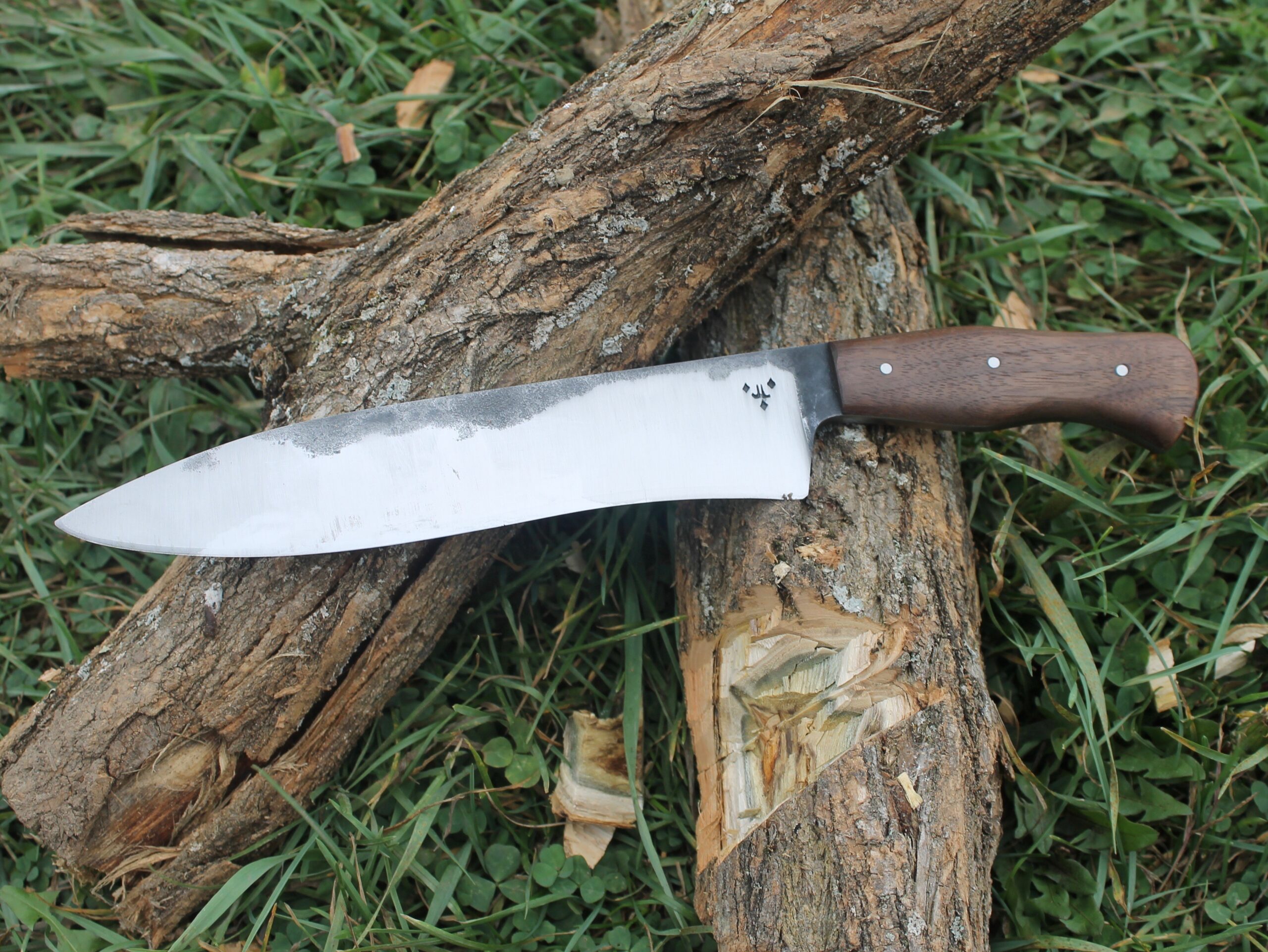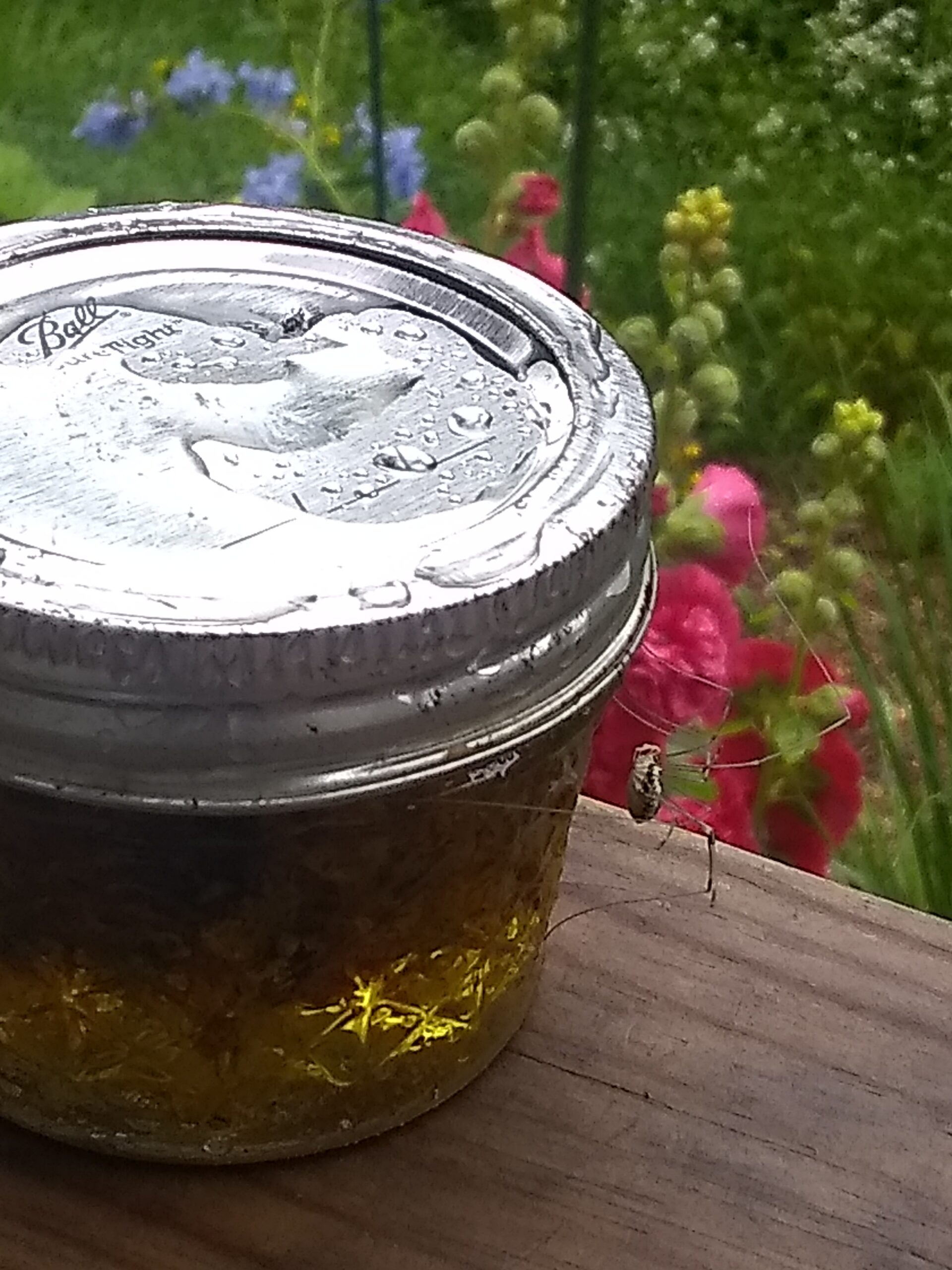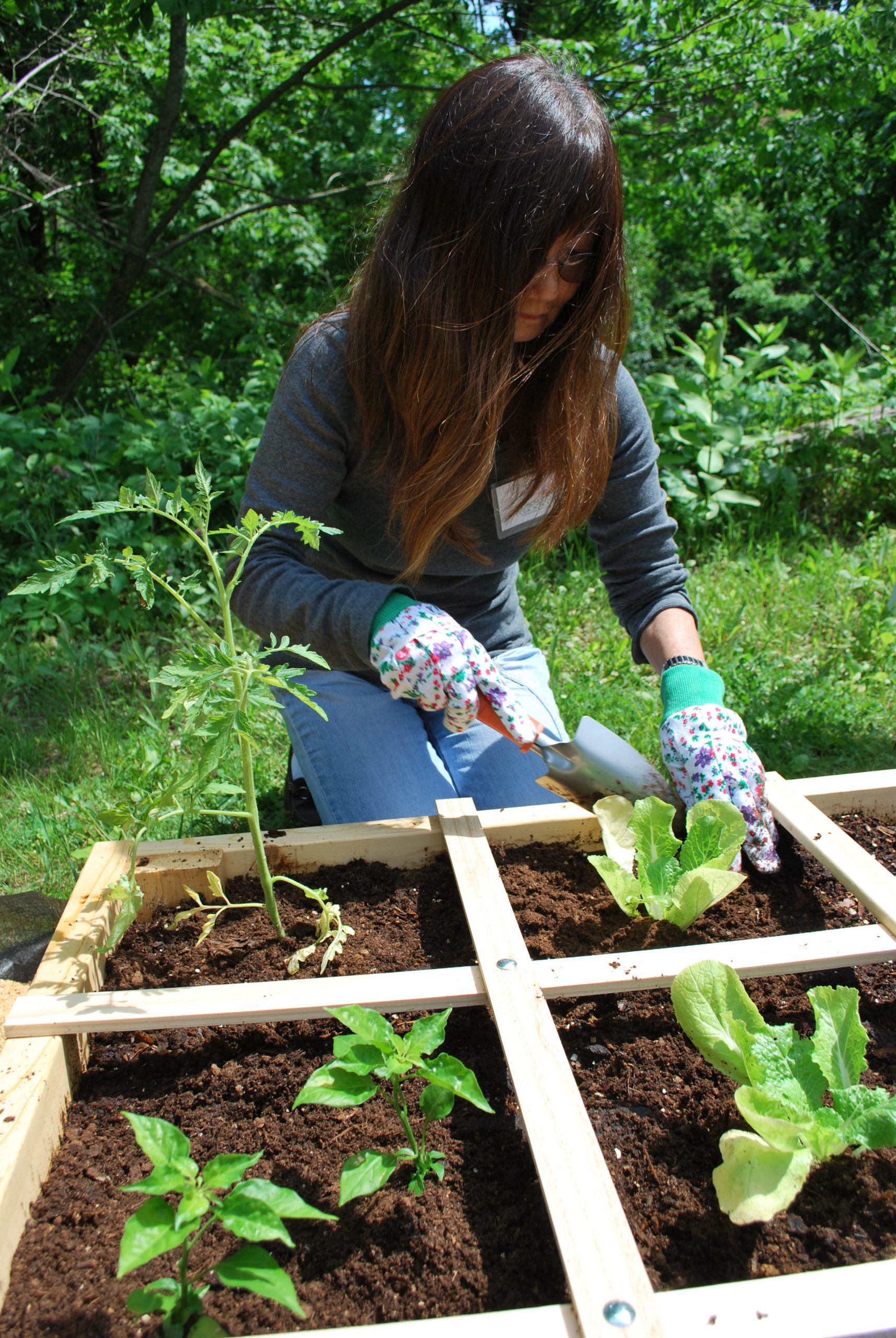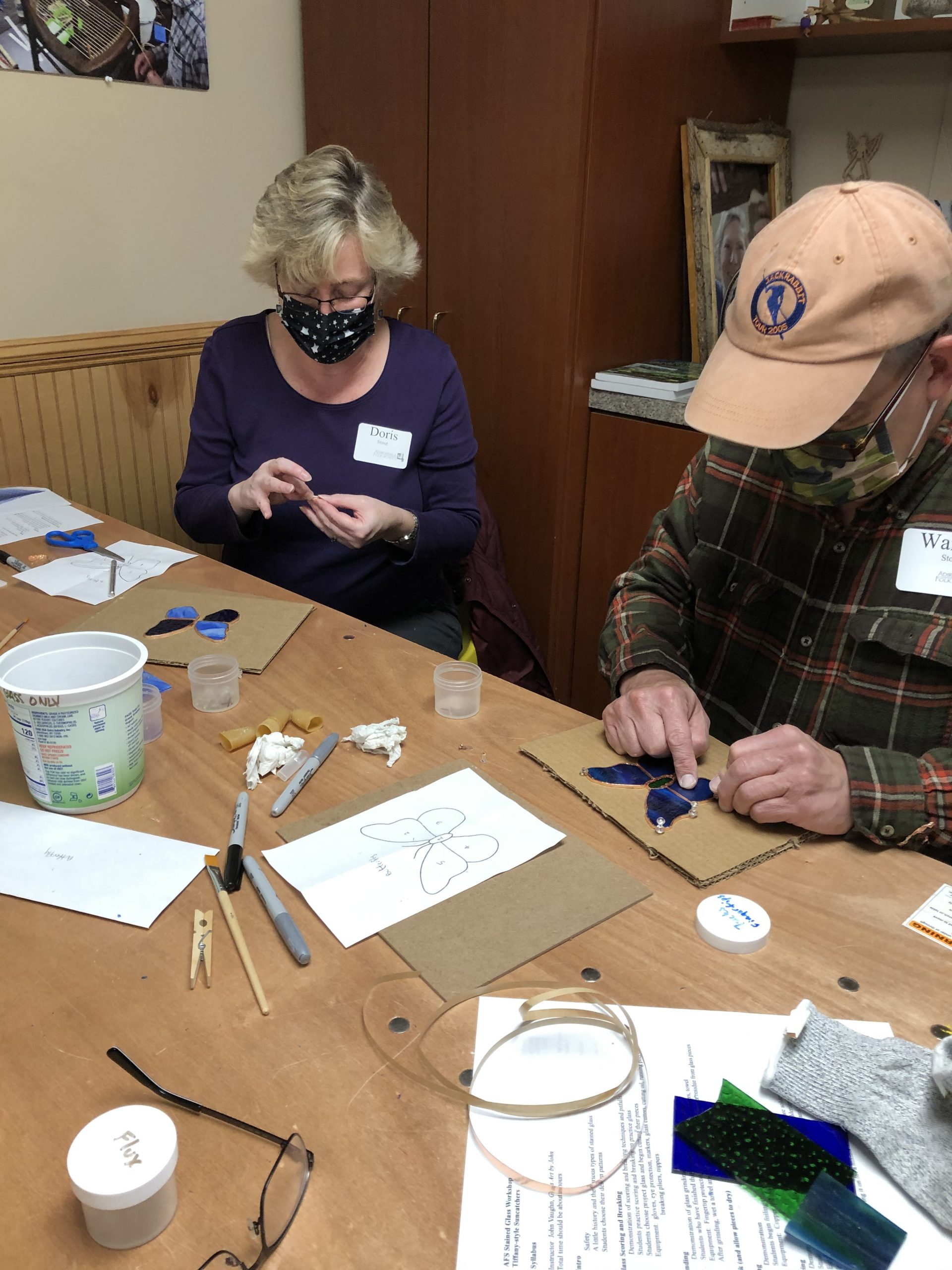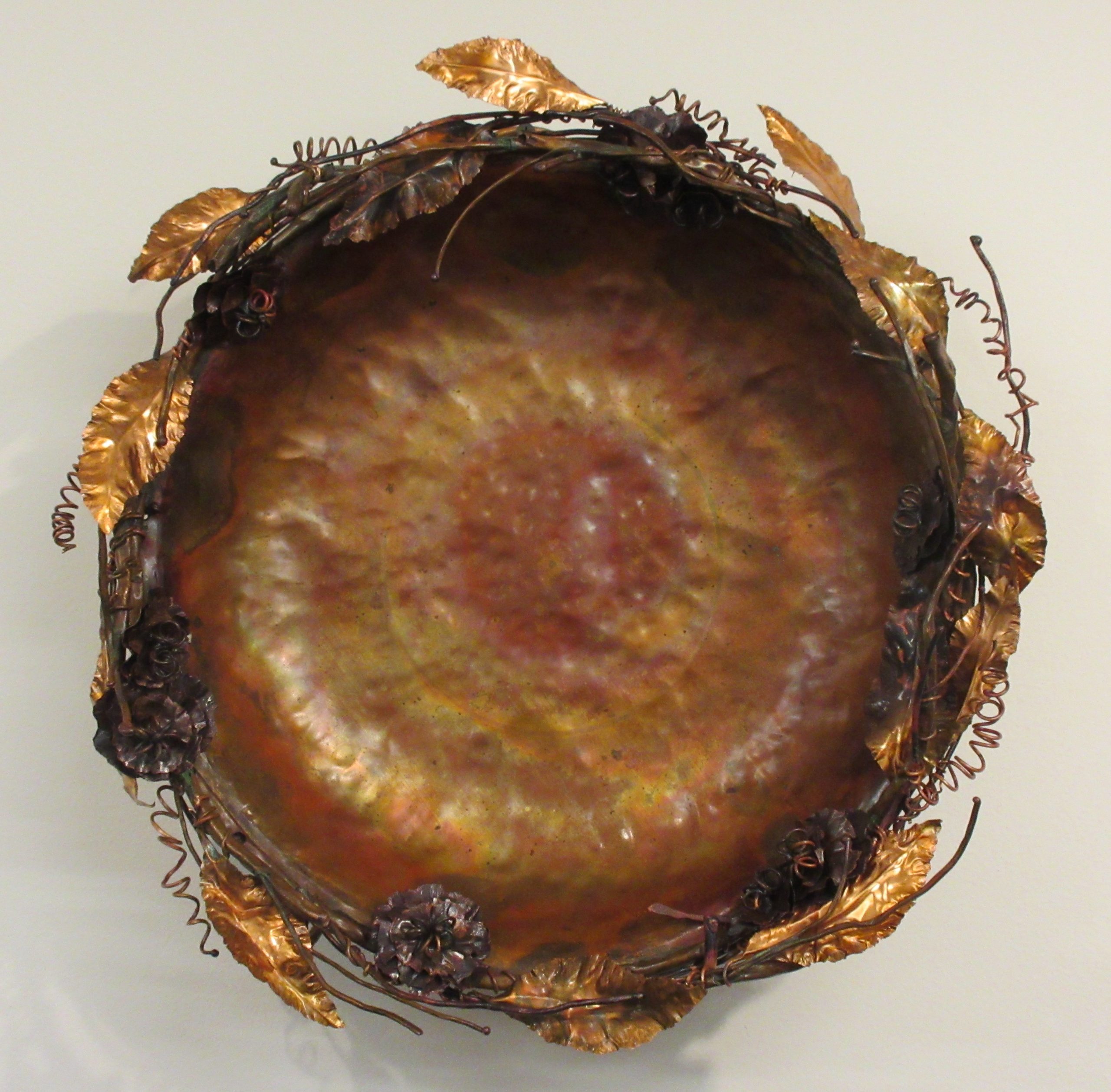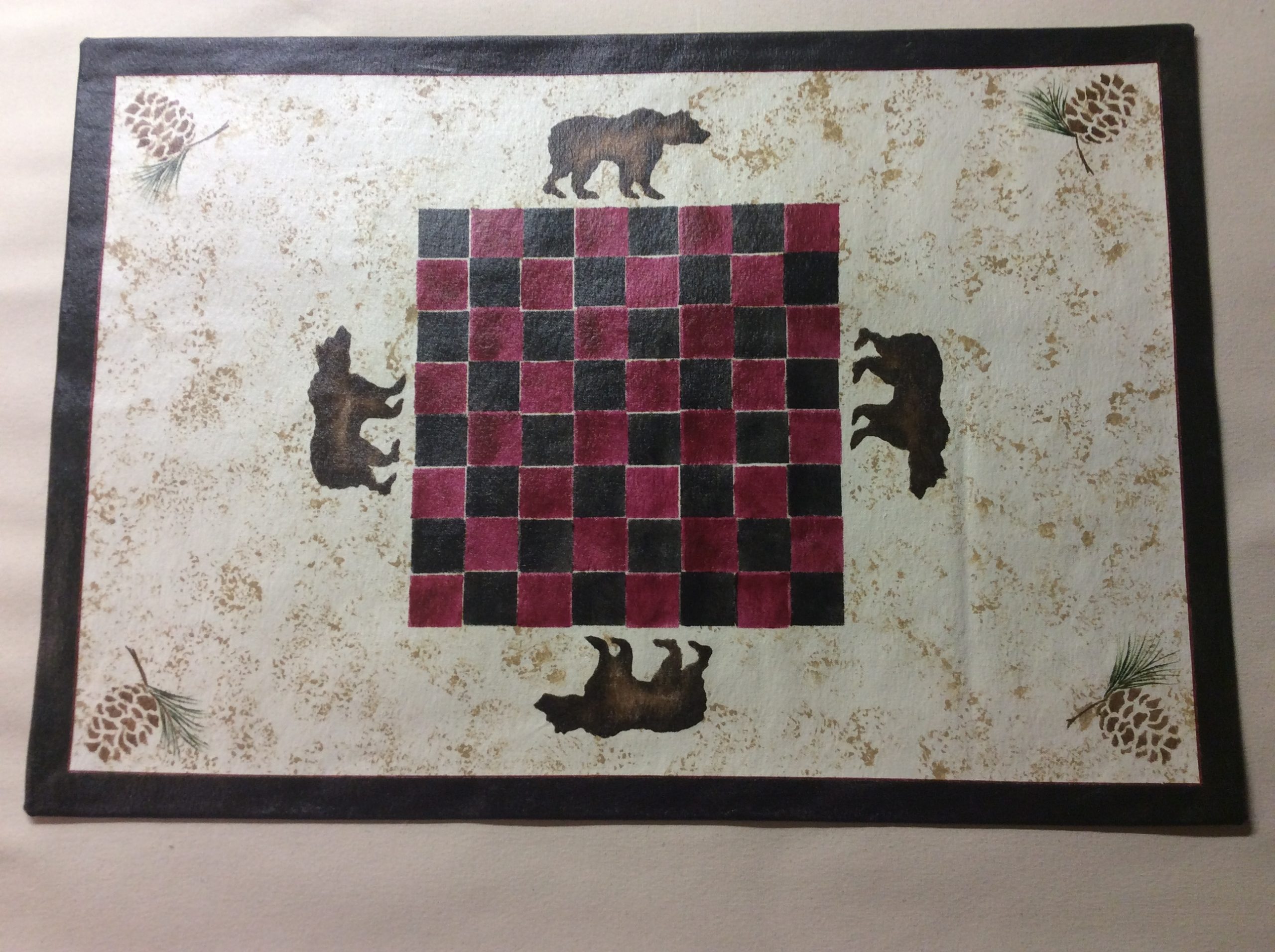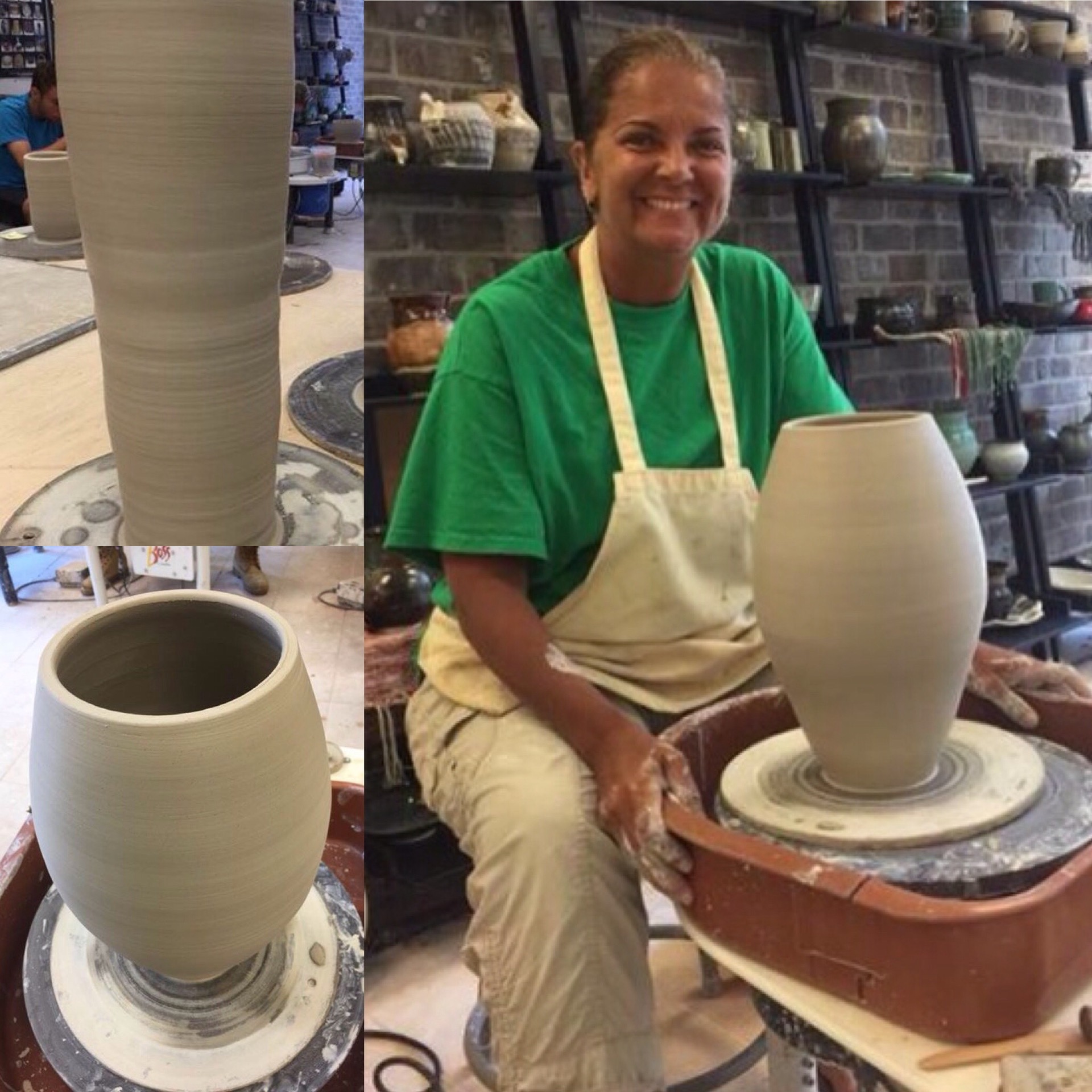Build a Wee Lassie Canoe
The original Wee Lassie was a lapstrake-built open cedar canoe made in 1863 by J. Henry Rushton of Canton, NY. Rushton was one of the most famous canoe builders of his era. George Washington Sears, who wrote of his adventures under his pen name of Nessmuk as he recorded his paddling adventures throughout the Adirondacks, popularized these small, finely crafted canoes. Come spend 11 wonderful days with master instructor Larry Benjamin building your own Wee Lassie. You will be guided through every step of the building process. Leave with a beautiful, lightweight canoe that handles well in the water. Open to all level of student.


